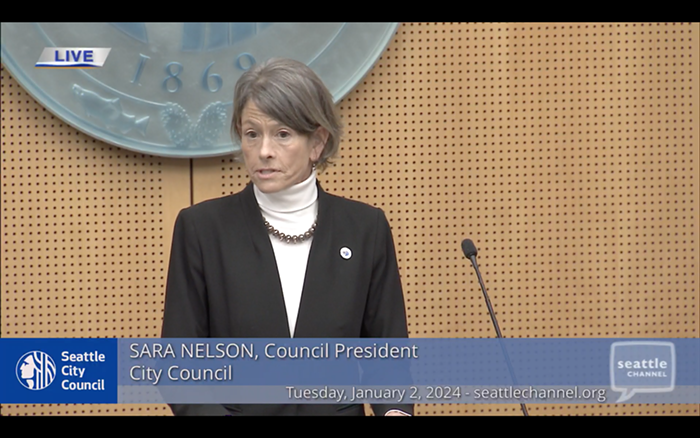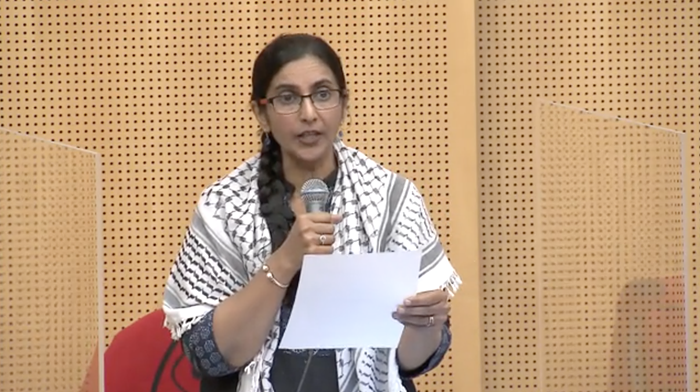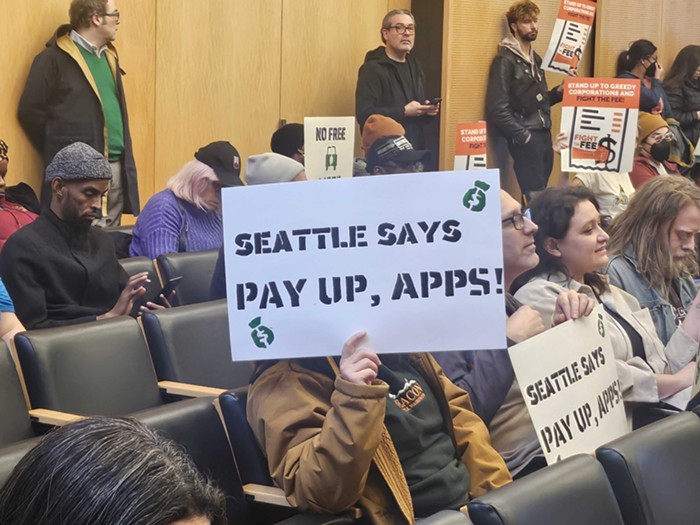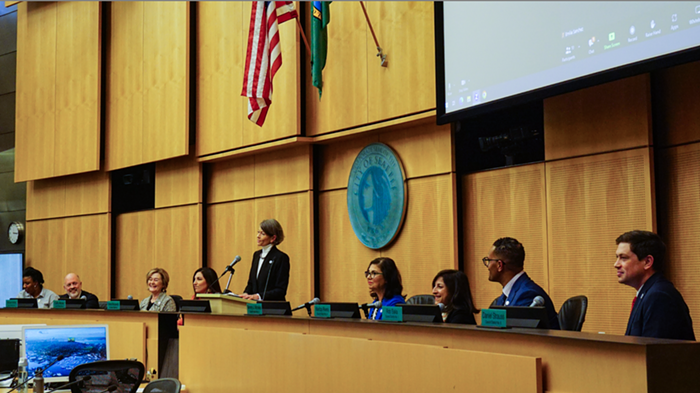On September 27, Vanishing Seattle, a popular social media project that got its name from a 2006 book by the local cultural historian Clark Humphrey, announced on Instagram the soon-to-happen (October 8) end of Beacon Hill's MacPherson's Fruit & Produce. There were two reasons given for the rather sudden closure: The first concerns the owner, Greg MacPherson; the second concerns the present state of the business climate. The former is impressionistic; the latter is rational (in the homo economicus sense). The impression is that the owner is tired of selling fresh fruits and vegetables to the community. (MacPherson has been around for nearly 40 years.) The time to rest the weary bones turned out to be right now rather than later. The rational explanation goes something like this: The expense of operating the market (post-pandemic price inflation of produce and other goods and ever-rising wages) has diminished the profit-motive to nearly nihil.
KING 5: "Employees at MacPherson's says the produce market is closing for two major reasons: the increased cost of doing business and the owner wanting to retire." Some on social media, however, saw a puppet master (the property's owner) at the center of this unraveling. As always, "Mr. Moneybags" wants to develop the site, which is at the heart of a neighborhood that's in the late stages of gentrification. Though evidence of this familiar machination cannot, at this point, be confirmed, it certainly fits in the picture that has made Vanishing Seattle popular in local social media.
View this post on Instagram
Vanishing Seattle draws much of its emotional power from how the new Seattle relentlessly and very visibly destroys the old one. This feeling is not without, of course, a biting class dimension. The new Seattle is super-rich and expensive; the old Seattle is working-class and affordable. Beloved dive bars have been replaced by restaurants with world-status ambitions and eye-popping prices. Even hamburgers have not been spared. Remember when one cost $3? Now it costs $30. The city erased its local character to become just another photocopy of all the other nodes in the global matrix: Dubai, Panama City, Singapore, Melbourne, Toronto, and so on. It was impossible for MacPherson's Fruit & Produce to escape the black hole of this soul-sucking process.
More from K5:
All of the customers told KING 5 this is going to be a huge loss to the community. It's one of the most accessible places to buy cheap, fresh produce in the area. Once it closes, Beacon Hill locals will have to travel further to get the same goods. Many of the people at the market on Thursday walked there... Marilyn Dimalanta, a longtime employee, told KING 5 that many of her fellow coworkers are just as sad as the customers.
MacPherson's Fruit & Produce was without a doubt a community institution. And its customers came from all walks of life. It was also, for me personally, a monument for the lockdown year (2020). I began visiting it regularly when the droplet hypothesis of the virus's key mode of infection became a theory. Being inside (restaurant/train car/office) was really, really bad; being outside was the place to be. MacPherson fit the bill because it sold its products and produce in an open-air shelter. In a word, the business will always have for me a nostalgic value that's considerable. Finally, I had, like so many others, a strong emotional reaction when the story of MacPherson's demise was dropped by Vanishing Seattle.
But I pulled myself back from a complete surrender to this feeling because it was, in essence, inadequate. It's a feeling that lets the old Seattle off the hook. But, as Clark Humphrey never fails to point out, the pre-gentrification Seattle, as with the pre-war Seattle, as with the 19th century Seattle, has always been about the accumulation of capital. True, there were periods when the process was decelerated by capital implosion (the burst of a speculative bubble) or flight to greener pastures; but these periods never opened the door to a new city, one that was not about accumulating capital. The Seattle that's vanishing today was only slow or clumsy at making money, but it was never not about making money. That is the only difference from the old and the new.
The underdevelopment of Central District during its post-war Black American period, for example, must not be replaced with thoughtless nostalgia. We really do not want to go back to its racially imposed (redlined) horrors and miseries. What we want is a completely different Central District—one that has escaped to trap (or trappings) of capital accumulation.
At present, there's only one form of urban economic development in the US and the rest of the world. And it's a form of development that can only thrive under value conditions that have no relationship whatsoever with the stark realities of wage labor. In this sense, post-Black CD did not just develop (more housing construction, better city services, the eradication of the food desert) but over-developed and continues to over-develop. This value-inflation process is presently claiming block after block, corner after corner, of a Beacon Hill that failed to accumulate capital at a clip. What's always vanishing is not anything like socialism, but a weaker form of capitalism.
UPDATE:
I get being sad that institutions are leaving, but I think it's important to be factual in our understanding of why these institutions are closing. It's often not landlords selling property out from under buisinesses. pic.twitter.com/xA2WVrOVyY
— Jason (@Jrock08) October 6, 2023




















